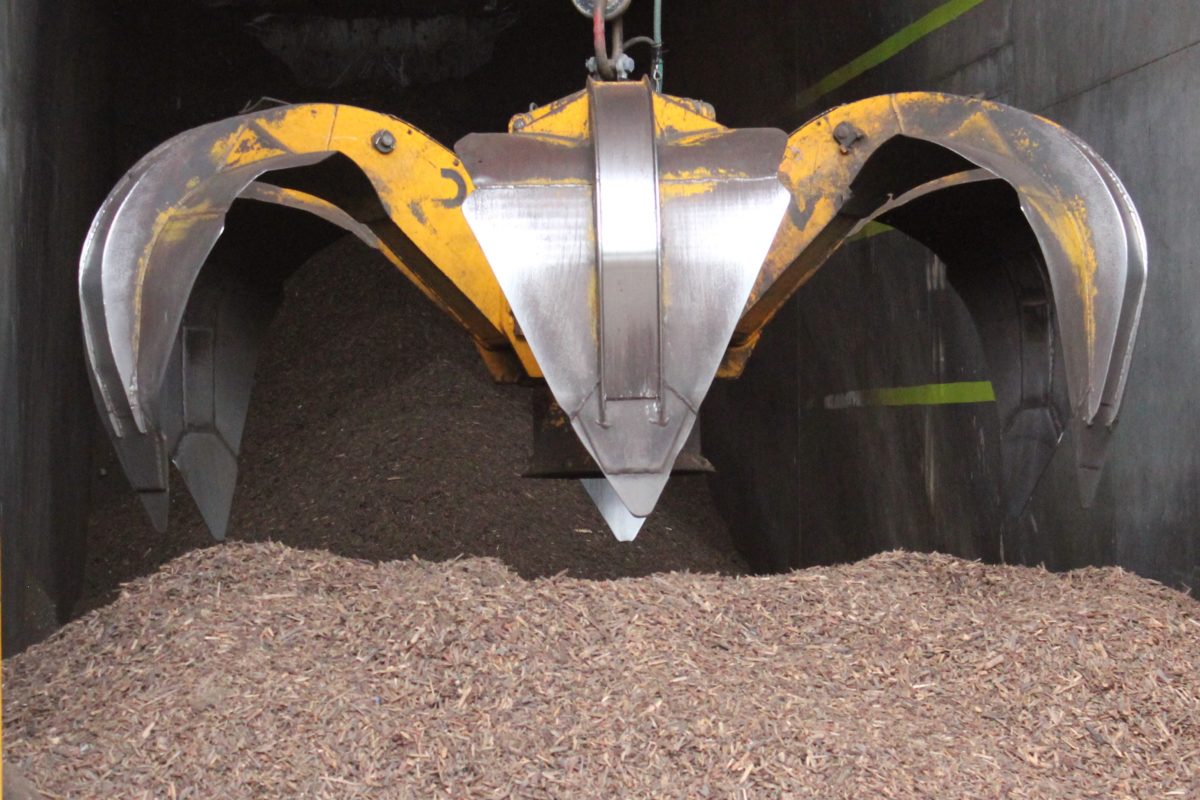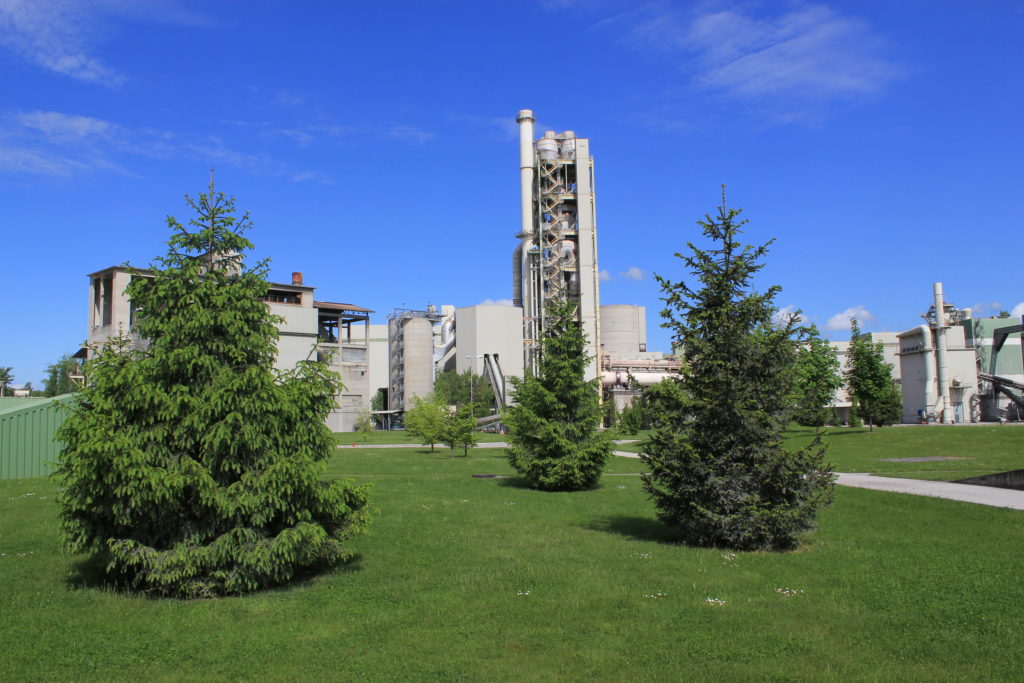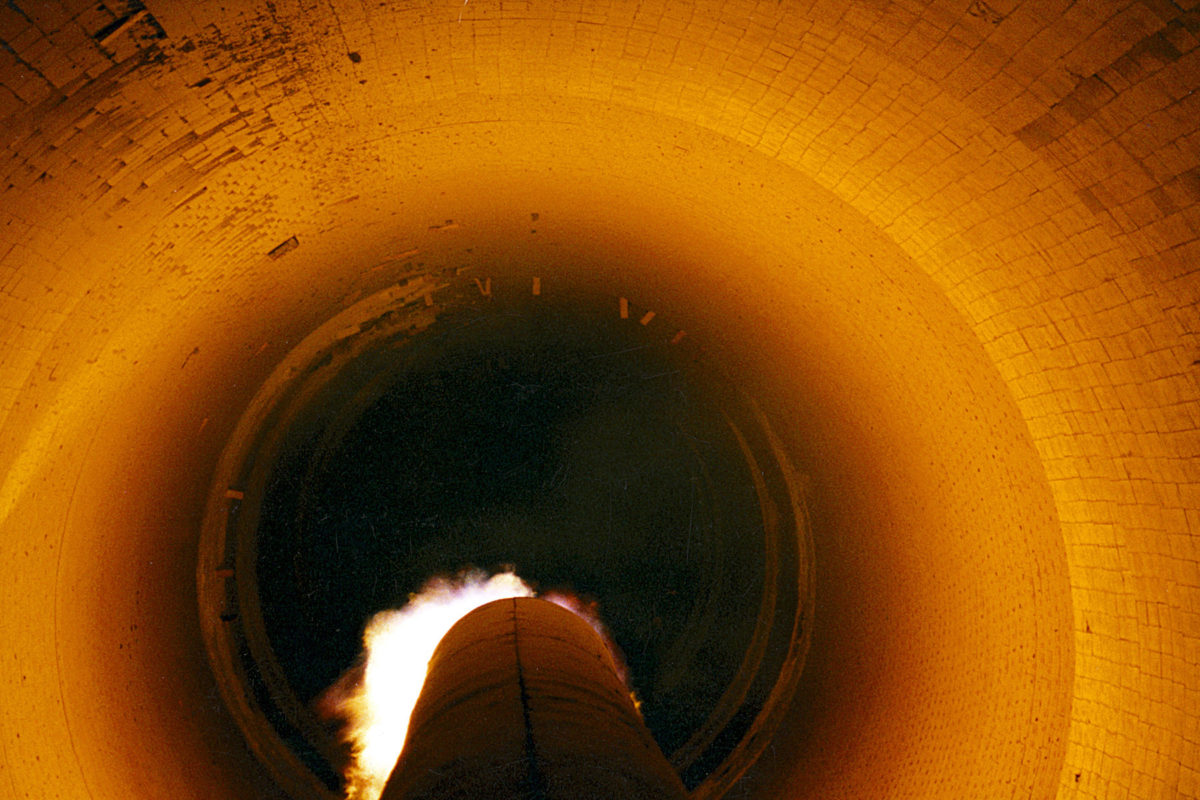Description
The EU cement industry supports the promotion of industrial symbiosis and the recognition of energy recovery as a waste management solution for non-recyclable waste. The use of waste materials in the cement industry as raw material or as a source of energy, or both, to replace natural mineral resources and fossil fuels such as coal, petroleum and gas, referred to as co-processing, contributes towards achieving the objectives of the circular economy. Cement manufacturing involves kiln temperatures of 1,500°C to 1,800°C. The characteristics of the process within the kiln ensure a complete destruction of organic compounds and incorporation of inorganic materials such as heavy metal traces into the structure of the product. Furthermore no by-products, such as ash of liquid residues, are produced.
Added value
The waste management domain is the second most important contributor to employment growth in the environmental economy. Co-processing requires a developed waste pre-treatment industry, which can ensure reliable and consistent waste streams to the cement industry. It is essential that the cement and pre-treatment industries work closely together to secure consistency of delivered waste. Co-processing of waste in cement kilns provides the following in terms of added value:
- Abatement of climate change – alternative fuels form one of the main levers for reduction of CO2 intensity in cement manufacturing. According to the International Energy Agency (IEA), alternative fuels can contribute 0.75 Gt of CO2 reductions worldwide up to 2050.
- Currently, there are considerable differences in co-processing rate across the Member States, with some countries achieving a co-processing rate of only 7%, compared to 95% in others. The EU average is currently 41%. Increasing the rate of co-processing waste in the EU28 to 60% will:
- Avoid 26.0 Mtonnes of CO2 emissions.
- Process 15.7 Mtonnes of waste.
- Save 11.1 Mtonnes of coal equivalent.
- Avoid 12.2 EUR billion public investment in dedicated Waste-to-Energy (WtE) plants.
Challenges
The sector is technically ready to increase its use of alternative fuels. However barriers which can hinder co-processing in the cement industry include:
- Low landfill taxes along with availability of landfill capacities do not stimulate utilization of more advanced waste treatment methods, like co-processing.
- The availability of waste of sufficiency quality for the cement industry is one of the main barriers. In many countries, a substantial business incentive for the waste processing industry produce high quality waste is lacking.
- Permitting issues severely slow down the development of co-processing in some countries.
- Public acceptance of waste combustion is often low. This attitude does not seem to relate to the waste management strategy of these countries.
- There are differences across Member States in terms of political treatment of co-processing.
- Market distortions such as inclusion/non-inclusion of carbon price for different energy recovery options and biomass subsidies in power generation add to divert waste to other thermal treatment methods.


